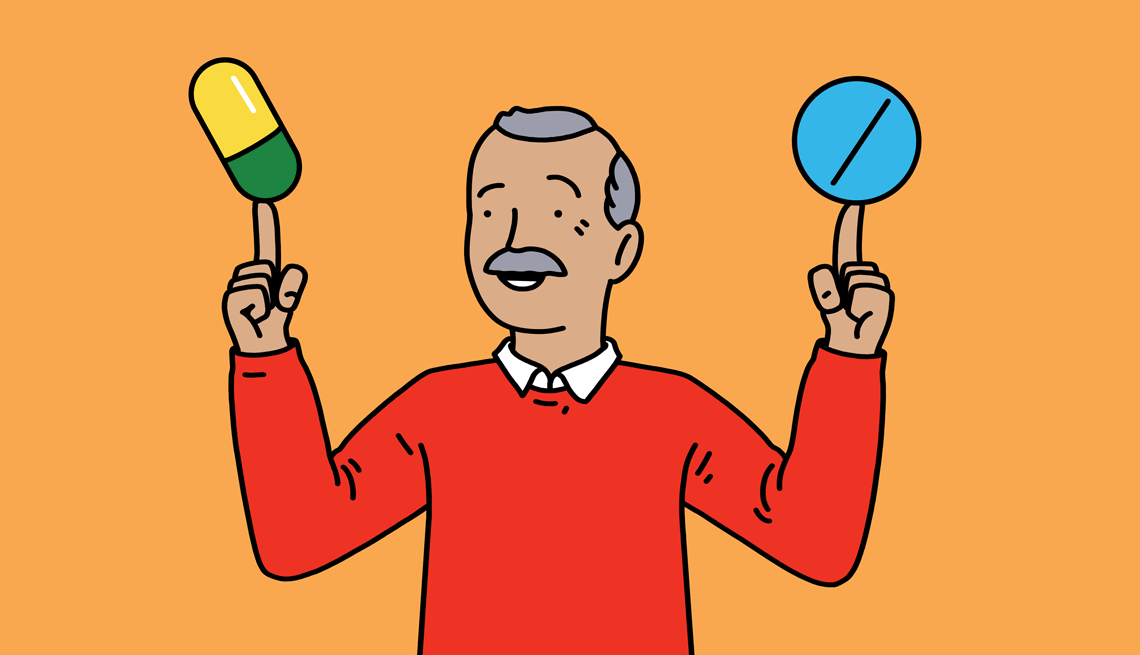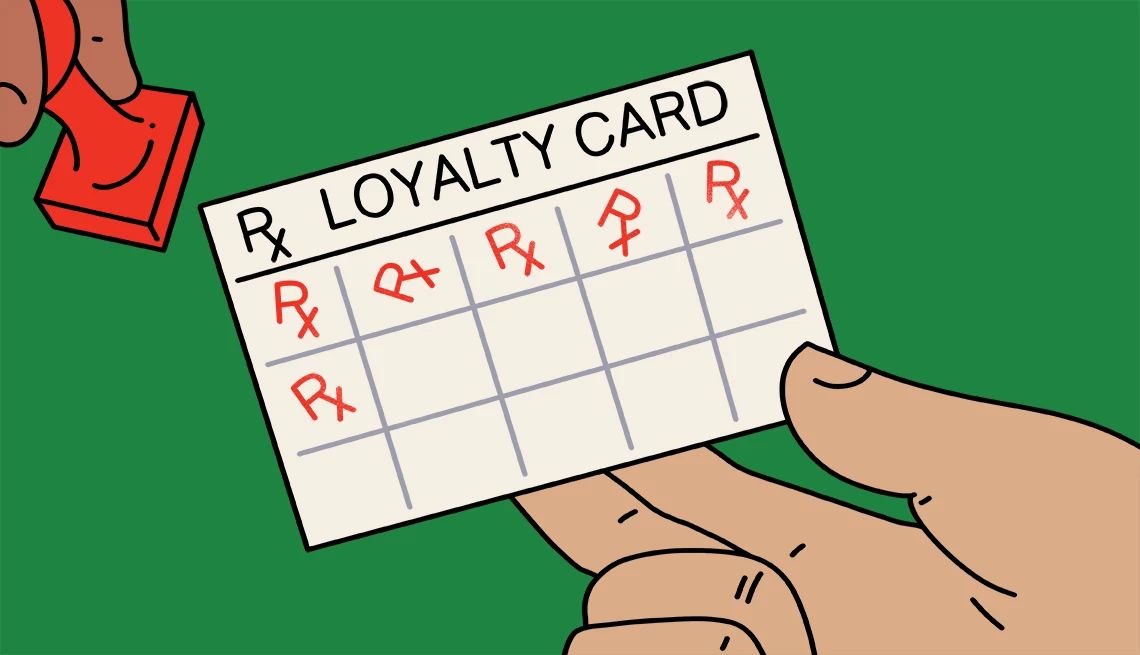AARP Hearing Center


Managing prescription medications can be a challenge for seniors, especially when balancing multiple drugs for different health conditions. Between the rising cost of prescriptions, the complexity of managing refills and the risk of missing doses, at-home medication management can feel like a part-time job.
“As people age, polypharmacy — or management of multiple medications — can become overwhelming, making it difficult to remember proper dosages and medication schedules,” says pharmacist Nayan Patel, founder of Auro Wellness and an adjunct instructor at the University of Southern California School of Pharmacy. “Medication compliance and taking prescriptions as directed help reduce the risks of disease complications and expensive hospital stays.”
From cost-saving techniques like generic substitutions and mail-order refill programs to smart habits that help avoid missed doses or avoid drug interactions, this guide is filled with practical strategies to improve both health outcomes and peace of mind.
1. Create a medication schedule and set reminders
Keeping track of when to take each of your medications can be daunting. Print out a schedule and post it somewhere you’ll see it at least twice a day, perhaps beside your toothbrush or coffee maker. Then, set a reminder alarm on your smartphone when it is time to take your medications, which will help build muscle memory around taking your medicines on schedule, says Marcy Carty, M.D., president and chief medical officer at myLaurel, a provider of home-based acute care for patients who are frail or have complex health problems.
2. Use a pill organizer
It can be dangerous to forget you’ve already taken a pill and take a second one — or to think you’ve already taken one when you haven’t. Eliminate your need to rely on memory with a pill box that visually lets you know that you’ve taken your daily dosages. Carty especially likes pill boxes that allow you to pull out doses for travel, making it easy to take your medications correctly while traveling.
3. Keep a medication list handy
Carty recommends preparing a medication list that includes all the prescribed and over-the-counter medications you take, including vitamins, eye or ear drops, creams and gels. Keep this in your wallet or as a picture in your phone to share with medical personnel, rather than relying on memory. According to Carty, many primary care physicians may not know what your specialists have prescribed or changed, making regular medication reviews critical.
4. Know why you take each medication
Often, drugs can treat a number of conditions, so Carty says it’s important to know whether you take medication for high blood pressure or because you have atrial fibrillation. “Knowing this will help ensure that a well-meaning specialist does not change a medication you take for a different reason,” she says.


5. Stay loyal to one pharmacy
Fill all your medications at one pharmacy so the pharmacist can review potential interactions and intervene before you experience one, Carty says. Pharmacists can also harmonize your prescription schedule to make it easier to take your medications or get refills at the same time.
6. Run questions and concerns past your pharmacist and/or doctor
Do you have new symptoms? Side effects? Questions? “Many medications can cause dizziness, weakness or other side effects; do not ignore these symptoms,” Carty says. “If you feel something new, ask your trusted clinician.” Also, be sure to read the detailed literature about your prescriptions that most pharmacies provide when you pick them up.
7. Check for drug interactions
Any time you start a new medication, it’s wise to consult your doctor or pharmacist about any possible negative interactions with your other prescriptions, says pharmacist Azeezat Rasaki, who works at St. Bernard Hospital in Chicago. “They have the medical expertise to identify drug-drug interactions,” she says.
8. Read labels carefully
The label on your medication bottle explains how to take it, and Rasaki says it's important to follow the instructions because they’re based on research. “Following the instructions on your medication label decreases the chance of adverse reactions and allows for optimal disease management,” she says. Some of these instructions may dictate whether to take it with or without food, whether or not it’s safe to operate heavy machinery (like driving your car), and how often you should take your doses (mornings, twice a day, etc.).





































































You Might Also Like
What I've Gained From Taking a Weight Loss Drug
Shedding 40 pounds in a few months is just one plus25 Tips to Manage Your Stress
From scheduling stress and serenity to eating away the inflammation, here are ways to cope8 Major Health Risks for People 50 and Older
A look at the top killers — and how to dodge them